Cauliflower is a type of vegetable in the brassica family. In Hindi, it is called gobi. It is related to cabbage, broccoli, and brussels sprouts, all of which are cruciferous. Gobi is best when it is cooked. It has a mild flavour with hints of sweetness and nuts. Because it can be used in so many ways, there are almost too many ways to eat this tasty vegetable.
Table of Contents
- What is cauliflower?
- How to select cauliflower?
- How to cut cauliflower?
- Ways to cook cauliflower:
- Can you eat cauliflower’s stem?
- Why is cauliflower popular in India?
- Best cauliflower recipe in India:
- Can cauliflower be freezed?
- Which is healthier- broccoli or cauliflower?
- Nutritional profile of cauliflower:
- Health benefits of cauliflower:
What is cauliflower?
Cauliflower is an extremely versatile vegetable. Cauliflower is a must-have for people who are trying to cut back on carbs because it can be made into mashed potatoes, rice, and even pizza crust. Some people may be surprised by how popular cauliflower is, but from a health point of view, it makes sense.
Cauliflower is a member of the cruciferous family, which means it has a lot of health benefits. One cup of raw cauliflower is full of vitamins, minerals, and fibre, and it only has 30 calories and 5 grams of carbs.
From a cooking point of view, cauliflower isn't very flavorful on its own. Cauliflower can be used as a sneaky low-carb, gluten-free replacement for potatoes, rice, pasta, and wheat flour when it is mixed with the right ingredients.
How to select cauliflower?
When buying cauliflower, you should look for tight clusters of creamy-white florets and avoid cauliflower with spots or a dull colour. You can buy florets of cauliflower that have already been cleaned and put in bags. This can save time, but they go bad faster than an entire head of cauliflower, so eat or cook them soon after you buy them.
How to cut cauliflower?
- Pull off any green leaves first.
- Then turn the cauliflower over so that the stem is facing you. Use a knife to cut around the cauliflower's core.
- As you cut around the core, groups of florets will fall off and land on the cutting board.
- Now, all you have to do is make sure the florets are all about the same size. How you plan to eat or cook it will determine what size you want. To separate the florets, either pull them apart with your fingers or use the knife to cut through the stems of the florets to make them the size you want.
Ways to cook cauliflower:
- Make a soup with cream. Some onions, carrots, garlic, and cauliflower are cooked in olive oil. Some herbs are then added, and the mixture is blended until it is smooth. If you add a splash of cream at the end, you'll have a great soup.
- Cook cauliflower florets with butter or olive oil until they are soft. Add a little garlic and sprinkle some parmesan cheese on top.
- The cauliflower is roasted! Set the oven to 400°F and roast for 30–40 minutes, or until the edges are golden brown. The cauliflower tastes great and takes on a nutty taste.
- You can steam it and then add a little butter as well as some fresh herbs on top.
Can you eat cauliflower’s stem?
Yes! The stems and leaves of cauliflower can be eaten. You could put them in stocks or soups, or you could grate them and use them in coleslaw or salads. To prepare, you can peel off the tough outer "skin" of the stem and throw it away. After that, though, everything tastes great!
Why is cauliflower popular in India?
You'll find that cauliflower is used in a lot of Indian dishes, especially vegetarian ones. Why does Indian food have so much cauliflower? Even though cauliflower has been around the world since the beginning of civilization, from Ancient Rome to the Middle East and back to Europe during the Middle Ages, it wasn't used in Indian cooking until the British brought it there in 1822.
Ever since, cauliflower has grown into a common ingredient in Indian food. It's the main ingredient in many dishes, like Gobi Masala, and a mainstay in Alu Gobi and other mixed vegetarian dishes (potatoes and cauliflower). In recent years, cauliflower has become a favourite among dieters and people who like healthy foods because it is low in carbs and high in fibre.
Best cauliflower recipe in India:
Gobi, the Hindi terminology of cauliflower, and masala means a mix of spices. So, at its most basic, Gobi Masala is cauliflower cooked in an assortment of spices. Gobi Masala, which is also sometimes called cauliflower curry, is made by sautéing oil, onions, tomatoes, Indian spices, and a bit of cream to make a rich, flavorful sauce. Then, cauliflower is added and cooked until it is soft. Masala is the name of the mix of spices that may consist of ginger, garlic, turmeric, cayenne pepper and cumin.
Can cauliflower be freezed?
Yes, and nothing could be easier. Unlike some other vegetables, cauliflower should be blanched before it is frozen. Just break or cut the broccoli into florets or smaller pieces, blanch it for about 3 minutes in hot water, and then freeze it in a single layer.
Which is healthier- broccoli or cauliflower?
Even though they are both very healthy, broccoli has more vitamins, especially vitamin K and vitamin C, than cauliflower. It is also known to be good for your eyes. Broccoli florets also have more minerals and fibre than cauliflower, and they also have vitamin A, which cauliflower does not.
Nutritional profile of cauliflower:
Cauliflower is one of the best foods for your health. It has a lot of vitamins C and K and a good amount of folate, which helps cells grow and is very important for pregnant women. Cauliflower does not have any fat or cholesterol. And it has little salt. There are only 25 calories, 5 grams of carbs, and 2 grams of fibre in a one-cup serving.
Health benefits of cauliflower:
Stimulates Digestion
Cauliflower, which is a cruciferous vegetable, is a great source of fibre. However, most Americans eat less than half of the daily recommended amount. This fibre helps keep your digestive system healthy, which lowers your risk of digestive problems, and helps good bacteria grow in your gut. A healthy balance of bacteria helps reduce inflammation in the body and lowers the risk of heart disease, dementia, respiratory illnesses, and obesity.
Prevents cancer
Many of the nutrients in cauliflower act as antioxidants, which prevent cell damage that can lead to diseases like cancer. In particular, cauliflower has a chemical called iodine-3-carbinol (I3C) that scientists think can stop cancer cells from growing and stop tumours from forming. Studies have shown that sulforaphane can kill cancer cells.
Keeps heart healthy
Sulforaphane in cauliflower helps lower cholesterol levels that can keep fatty deposits from building up in your arteries. This effect helps keep your blood pressure in a healthy range and lowers your chance of getting heart disease. The fibre in cauliflower can also lower cholesterol in a similar way.
Supports Nervous System
Choline is a nutrient that most people don't get enough of, and cauliflower is one of the best places to get it. Choline is important for many healthy functions of the nervous system, like regulating mood, remembering things, and controlling muscles. If you don't get enough in your diet, you may be more likely to get diseases of the brain, liver, or heart that come with getting older.

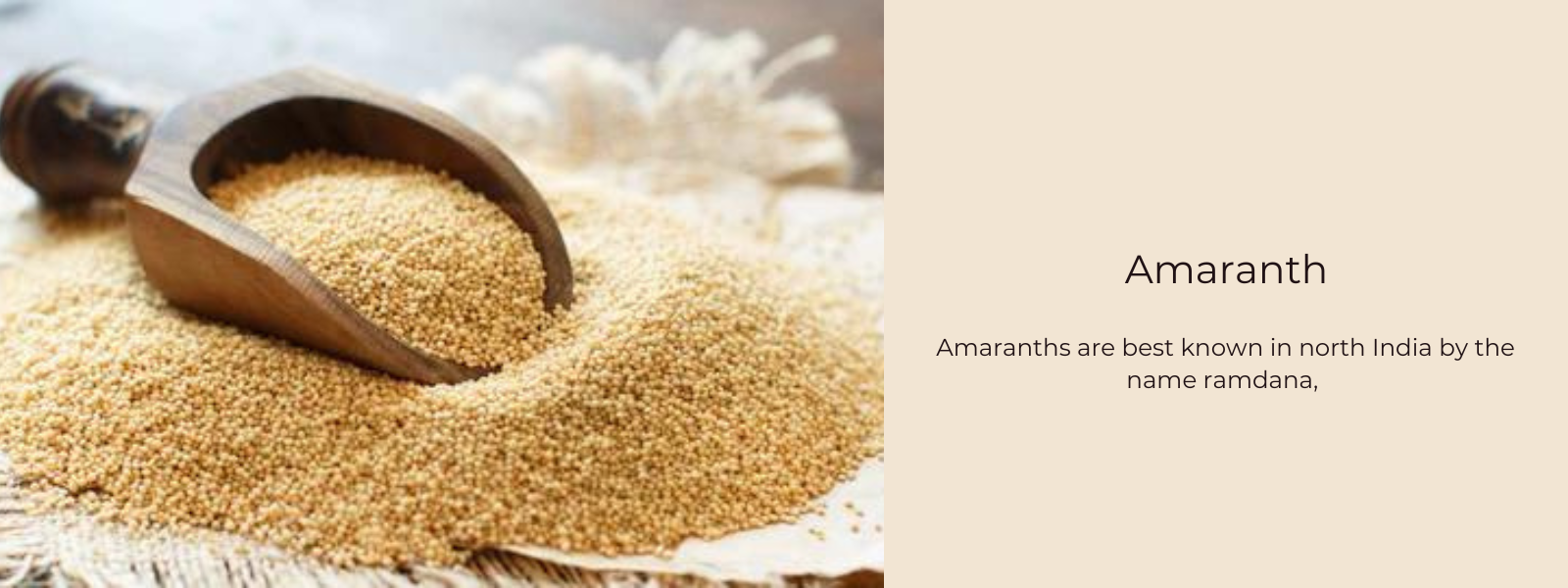
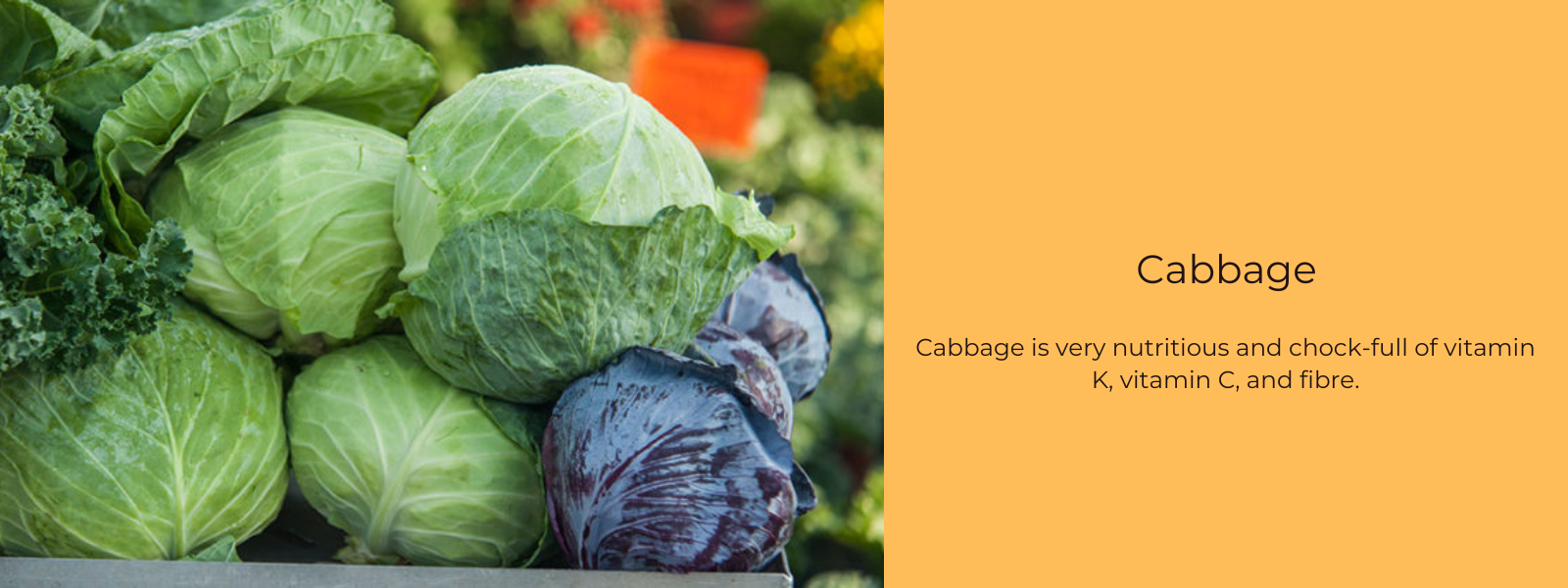
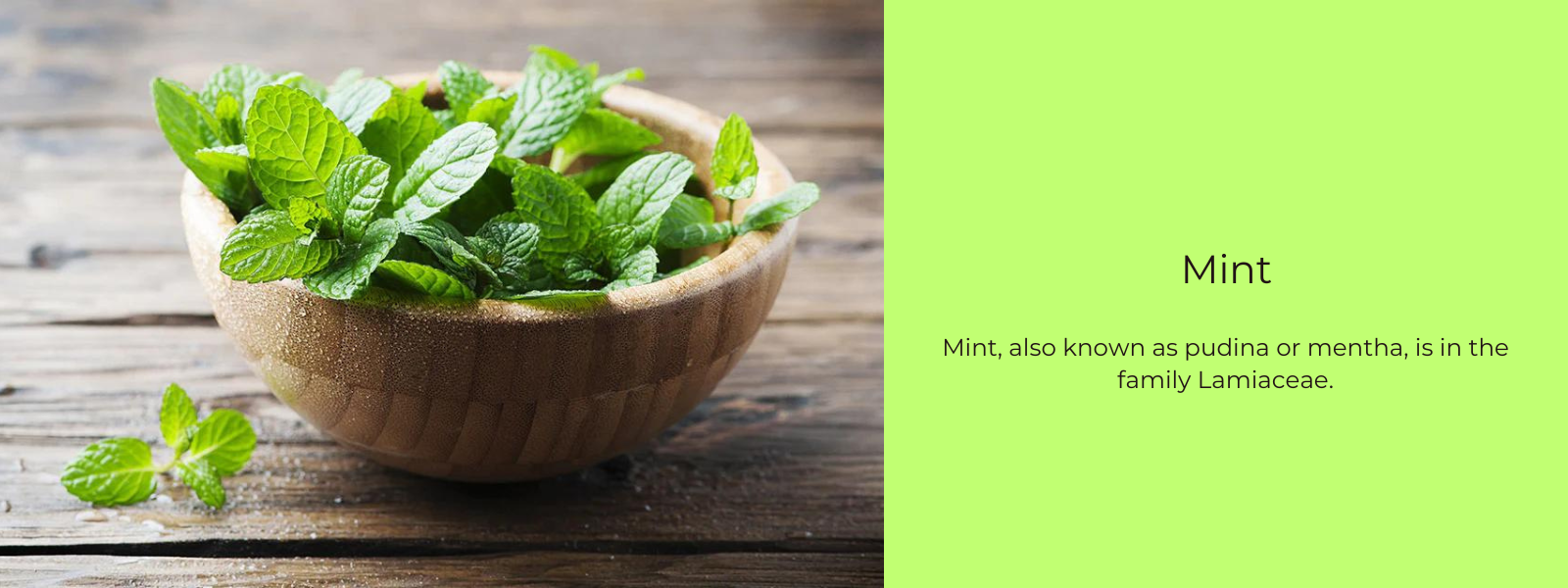
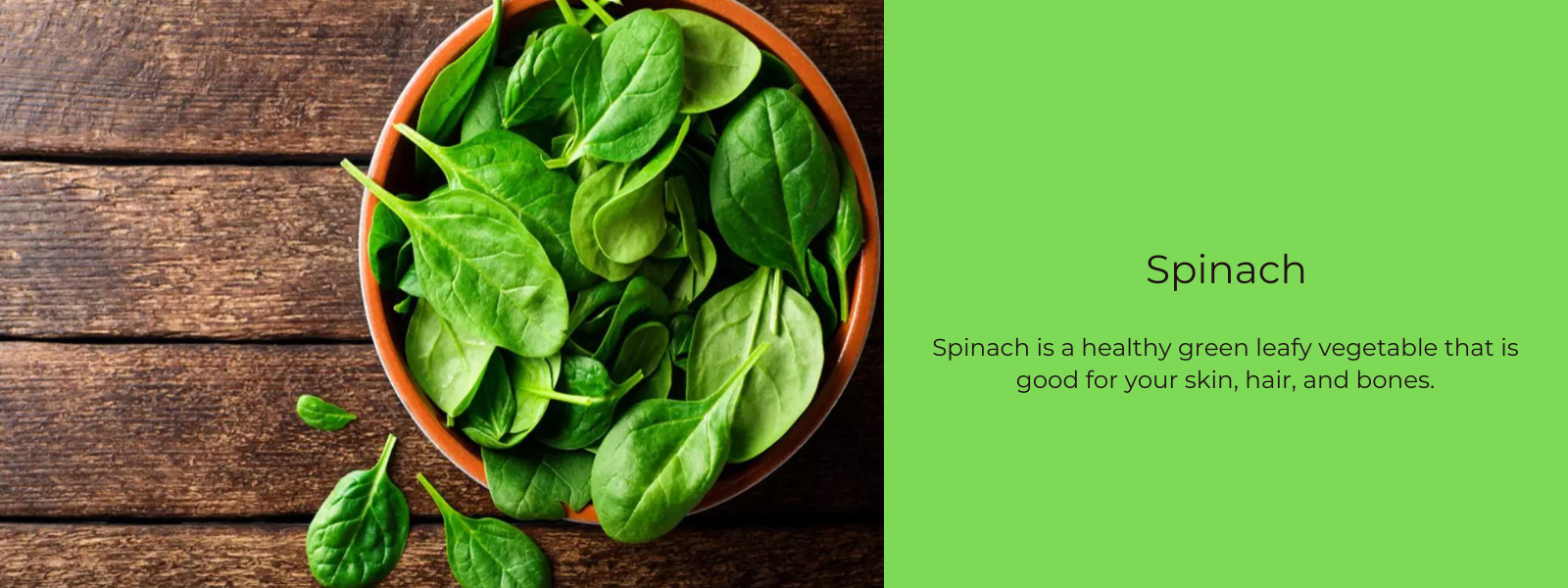
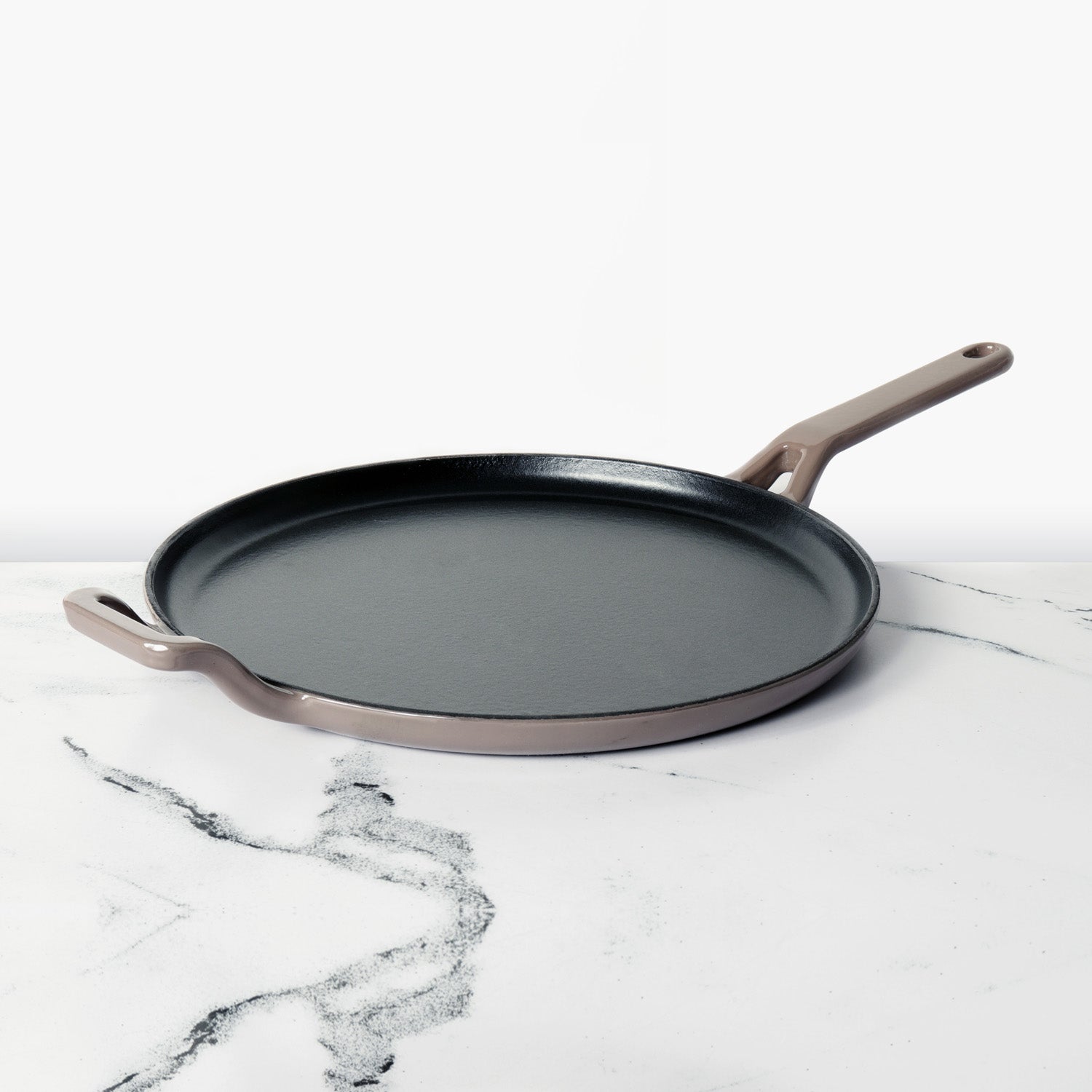
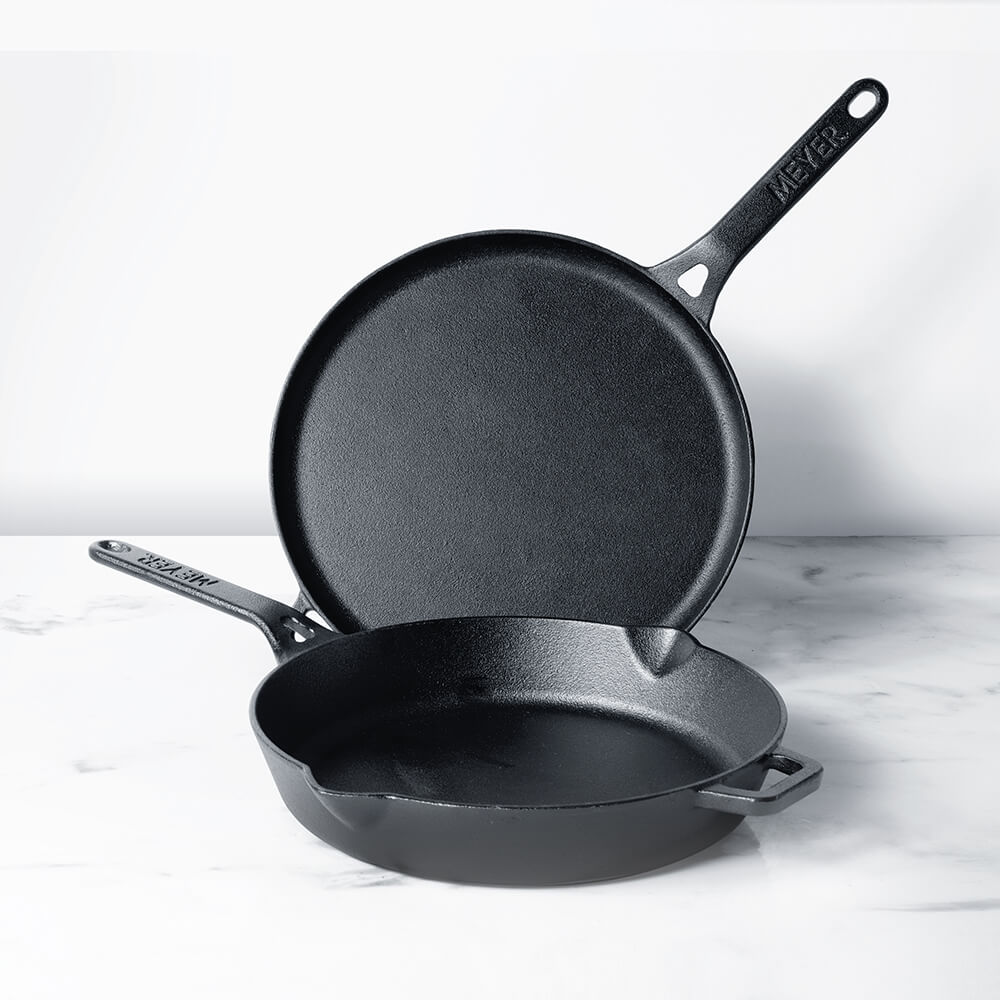




Leave a comment